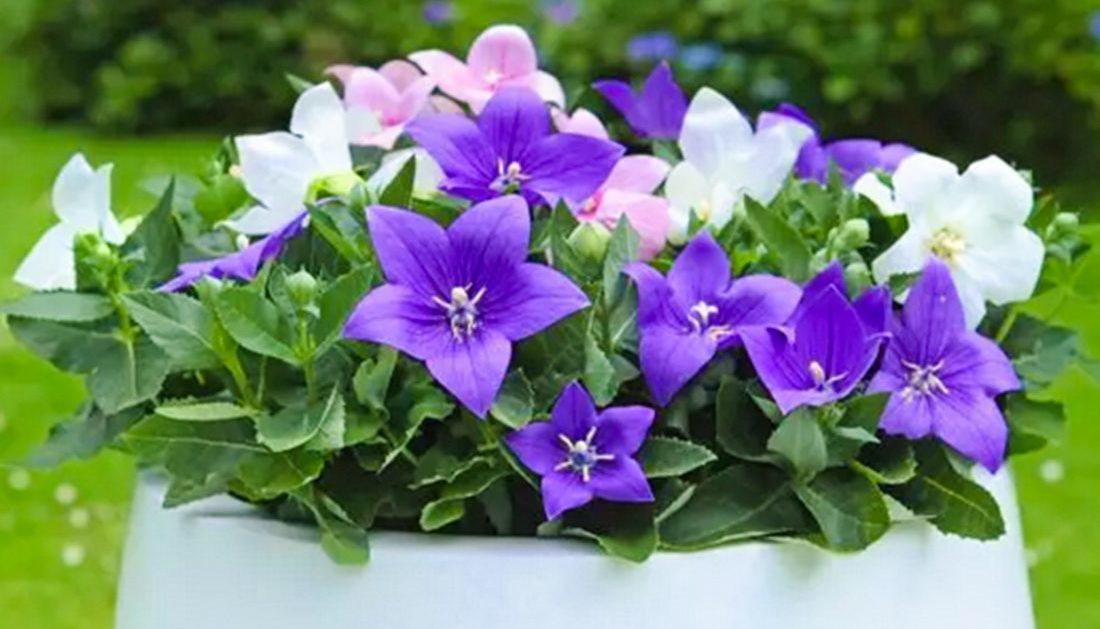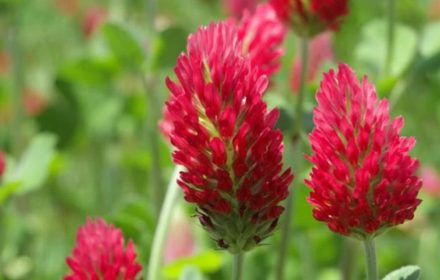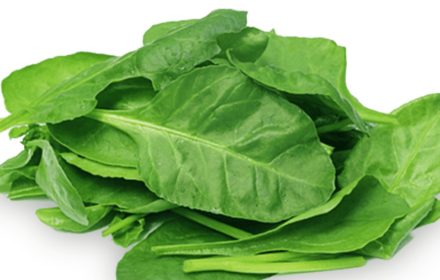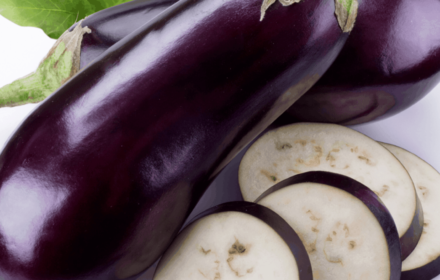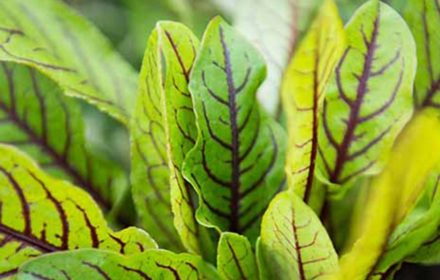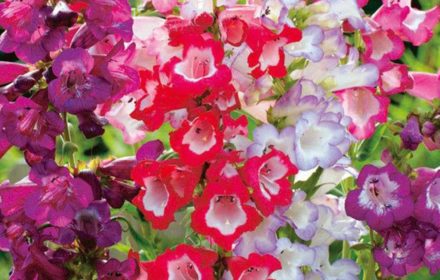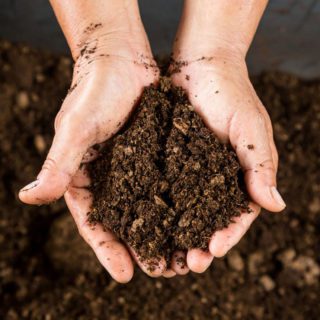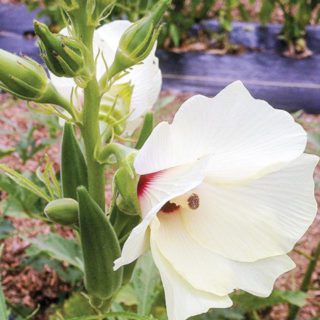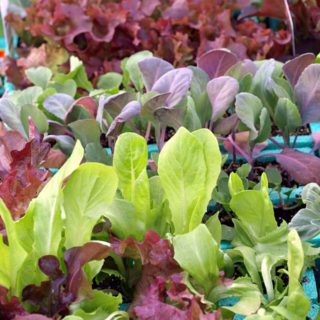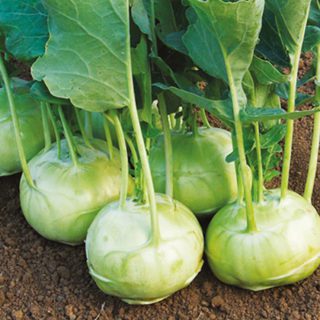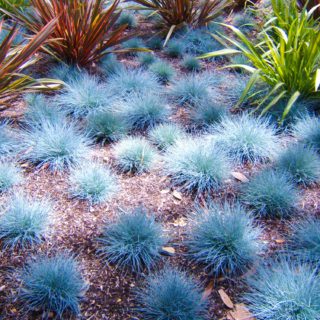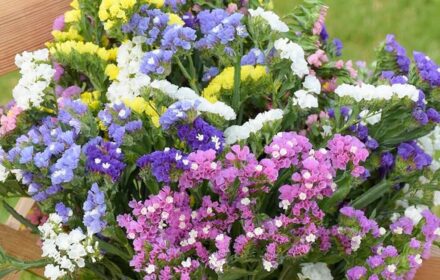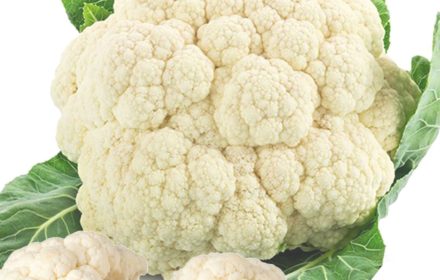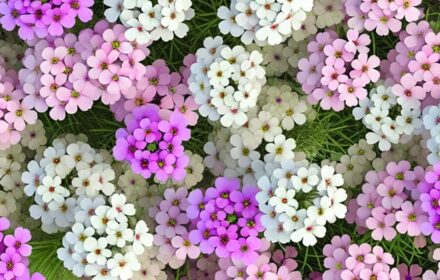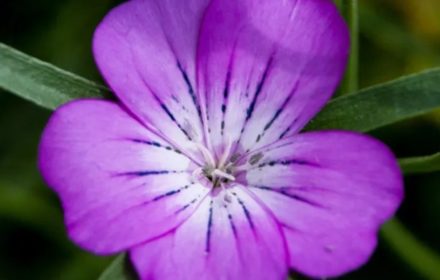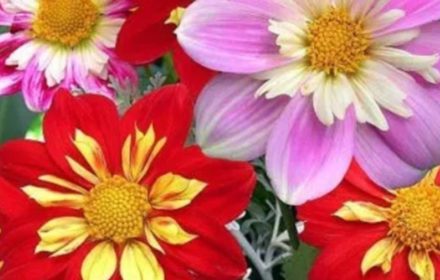How to Sow Platycodon English Bell Flower Seeds in the UK
Platycodon, commonly known as the Chinese Bell Flower, is a charming perennial that adorns gardens with its pastel blue, pink, and white bell-shaped blooms. Known for its dwarf size, reaching 30–40 cm in height, Platycodon is ideal for borders, containers, and ornamental garden displays. With its long blooming season from summer to autumn, this resilient plant is a staple in UK gardens.
When to Sow Platycodon English Bell Flower Seeds
- Indoor Sowing: Start seeds indoors from late winter (February) to spring (April).
- Outdoor Sowing: Sow directly outdoors from March to May, once the threat of frost has passed.
Step-by-Step Guide to Sowing Platycodon English Bell Flower Seeds
Indoor Sowing
- Prepare Containers: Use pots or seed trays filled with fine, well-draining seed compost.
- Sowing the Seeds: Scatter seeds across the compost surface and press them lightly into the soil without fully covering them. The seeds need light to germinate.
- Temperature: Maintain temperatures between 12–20°C (54–68°F) for successful germination.
- Moisture: Mist the soil gently to keep it moist but not waterlogged.
- Light Requirements: Place containers in a bright, sunny location such as a windowsill or greenhouse.
- Germination Period: Expect seeds to germinate within 7–14 days under optimal conditions.
Outdoor Sowing
- Soil Preparation: Choose a sunny, well-drained spot in your garden. Loosen the soil and remove weeds or debris.
- Sowing Depth: Press seeds gently into the soil surface, leaving them partially exposed to light.
- Watering: Water lightly to settle the seeds and keep the soil moist throughout the germination period.
- Spacing: Once seedlings appear, thin them to a spacing of 10–15 cm (4–6 inches) apart.
Caring for Platycodon English Bell Flower Plants
- Watering: Water regularly during dry periods, keeping the soil moist but well-drained. Avoid overwatering to prevent root rot.
- Fertilising: Apply a balanced, all-purpose fertiliser once during the growing season to promote healthy blooms and foliage.
- Deadheading: Remove spent flowers to extend the blooming period and encourage new growth.
- Winter Care: Although hardy, adding a layer of mulch around the base of the plants in late autumn will protect the roots from severe cold.
Transplanting
- Transplant seedlings once they reach 7 cm in height.
- Gradually acclimatise them to outdoor conditions over a week before planting them in their final location.
- Ensure the planting site is sunny with well-drained soil to prevent waterlogging.
Why Grow Platycodon English Bell Flower?
- First-Year Blooms: When started early, Platycodon will bloom in its first year.
- Low Maintenance: These resilient plants require minimal care once established.
- Versatility: Suitable for borders, ground cover, or container planting, they offer flexibility in garden design.
Common Questions About Growing Platycodon in the UK
- Can Platycodon grow in containers? Yes, Platycodon thrives in containers as long as they have good drainage and receive plenty of sunlight.
- Does Platycodon require winter protection? Although hardy, a layer of mulch in autumn will protect the roots from extreme cold, especially in exposed areas.
- How often should I water Platycodon plants? Water regularly during the growing season, particularly during dry spells. However, ensure the soil drains well to prevent overwatering.
- How do I encourage more blooms? Deadheading spent flowers encourages continuous blooming and keeps the plants looking tidy.
- When does Platycodon bloom? Platycodon typically blooms from mid-summer through autumn, providing long-lasting colour to your garden.
Platycodon English Bell Flower is a delightful addition to UK gardens, offering elegant blooms and minimal maintenance. Follow these steps to enjoy its vibrant display year after year.

